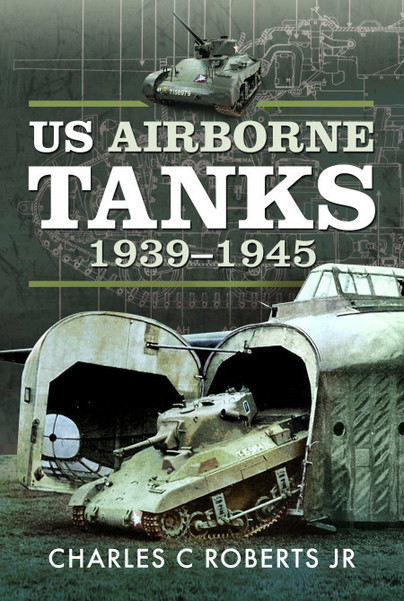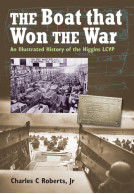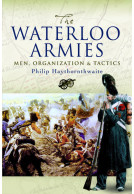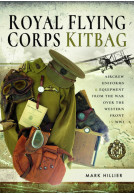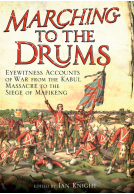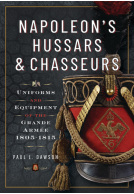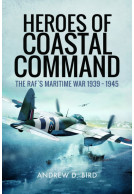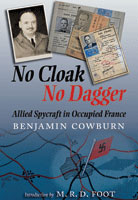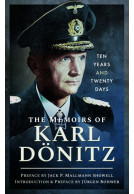US Airborne Tanks, 1939–1945 (Hardback)

Pages: 152
Illustrations: Approximately 100 black and white illustrations
ISBN: 9781526785022
Published: 2nd March 2021
Publicity!
Video review as featured on the Tank and AFV News YouTube Channel
(click here for international delivery rates)
Need a currency converter? Check XE.com for live rates
| Other formats available - Buy the Hardback and get the eBook for £1.99! | Price |
|---|---|
| US Airborne Tanks, 1939–1945 ePub (27.8 MB) Add to Basket | £6.99 |
From their first introduction at the Battle of the Somme in the First World War, tanks proved to be one of the most important military developments in the history of warfare. Such was their influence on the battlefield, both as infantry support and as an armoured spearhead, their presence could determine the outcome of any battle.
Another significant development during the 1930s was that of airborne forces, with a number of countries experimenting with air-dropped troops. Such a concept offered the possibility of inserting soldiers behind the front lines to sow fear and confusion in the enemy’s rear. However, such troops, parachuting from aircraft, could only be lightly armed, thus limiting their effectiveness. It is understandable, therefore, that much thought was given to the practicalities of air-lifting tanks that could be dropped, or deposited, alongside paratroopers.
Tanks, though, are heavy, cumbersome vehicles and before there could be any thought of carrying them by air, much lighter models would have to be produced. Charles Roberts’ fascinating book opens with an investigation into the efforts in the 1930s by Britain, the Soviet Union and the USA into the development of, or adaptation of, light tanks for airborne operations.
It was, inevitably, the start of the Second World War which accelerated efforts to produce an airborne tank and the means of delivery. The use of conventional powered aircraft to carry the tanks, limited their use to existing airfields which negated their employment with airborne troops landing in the open countryside. Another method of delivery had to be found, and this took the form of the glider, which could be landed in a field behind enemy lines. The combination of light tank and glider made the aim of airborne forces being supported by armour a realistic proposition – and as a result, the 28th Airborne Tank Battalion was born.
This detailed and comprehensive study deals with every aspect of design and deployment of American airborne tanks from the earliest concepts to their actual use, by British units, on D-Day and during Operation Varsity, the Rhine crossing.
This was a really good read and I think most who read it will enjoy it, especially as the Airbourne tanks weren’t used for very long during world war 2. It’s also a vehicle/weapon that as it didn’t receive much use, it will appeal a lot to the die-hard military fanatics. The book is very good in that it first looks at the origins and early workings of the concept before we into the US Airbourne tanks. The middle third and final third of the book concentrates on telling the story of the 151st, 28th Tank company and regiment who would use the tank and how they work with the tank and how they were able to get along with the tank in use. This book reads very well, it’s well written.
UK Historian
Read the full review here
"Roberts presents a detailed look at the development of a tank to support airborne forces. The photographs, along with technical manual extracts and details on training, are impressively presented. As the quest for a suitable armored vehicle to support airborne and air-mobile forces continues, this book presents many historical insights that will aid in satisfying this requirement."
ARMOR Magazine, Fall 2021
Enjoyed this one. A pretty breakneck run through of airborne armour in general, with an M22/Locust core.
WW2 Talk
Read the full review here
Airborne tanks do not get much of a mention as regards WW2, and so this title provides a good read covering how the Americans tackled the problems of getting a tank behind enemy line in support of airborne forces. With the number of pages in the title, it is not a long read, but it is a well written and informative read covering an aspect of WWII that I cannot recall having been covered previously, and so fills a gap in American history and to some extend Allied history.
Armorama
Read the full review here
"If close-ups of subsystems are your passion, you'll be mesmerized by the content."
The Historical Miniatures Gaming Society
Read the full review here
Read the full review here
Argunners Magazine
"Highly Recommended for anyone who is interested in the use of airborne armor before and during World War II, and especially anyone who wants a very detailed reference of the M22 Locust tank."
AMPS
Read the full review here
As featured on The Tanks of World War II - Tank and AFV News - YouTube
The Tanks of World War II - Tank and AFV News
The book is packed with diagrams, schematics, photos, and one of the most thorough histories of Allied airborne tanks in the Second World War. The focus of the book is on the M22 Locust, it’s development, and its brief combat history. It’s well structured and easy to read. Hopefully this book will rectify some of the obscurity associated with Second World War airborne tanks. I highly recommend this to historians and enthusiasts alike with an interest in World War Two airborne warfare, armoured warfare, or anyone with an interest in a lesser known subject such as this.
Todd Shugart, Aviation News
I feel the book is Highly Recommended for anyone who is interested in the use of airborne armor before and during World War II, and especially anyone who wants a very detailed reference of the M22 Locust tank.
The Armor Modeling and Preservation Society
Read the full review here
An interesting read, period context and a level of detail which will please modellers and AFV enthusiasts alike.
Military Model Scene, Robin Buckland
Read the full review here
About Charles C Roberts
CHARLES C. ROBERTS JR is the founder of Roberts Armory, a museum of Second World War military vehicles that is located in Rochelle, Illinois. Specializing in the acquisition and display of armoured vehicles, artillery and other artefacts used by American forces and its Allies in the Second World War, in its collection the museum has an example of the M22 ‘Locust’ light tank. Charles is an expert on tank warfare and the author of Armored Strike Force, a history of the American 70th Tank Battalion. For more information on the museum, please see: www.robertsarmory.com







